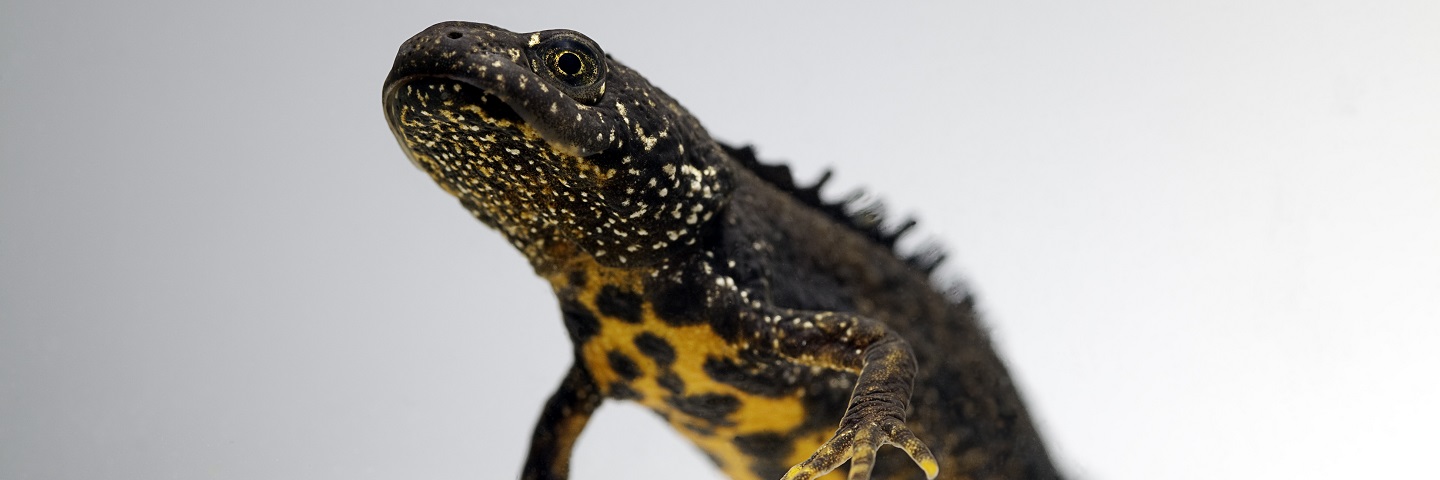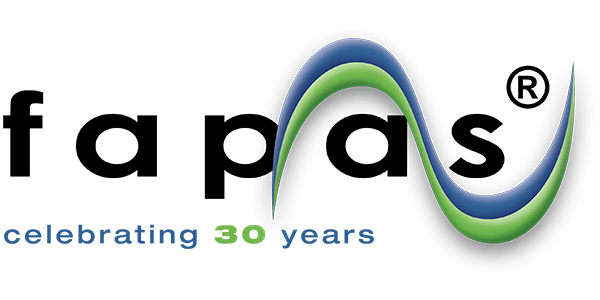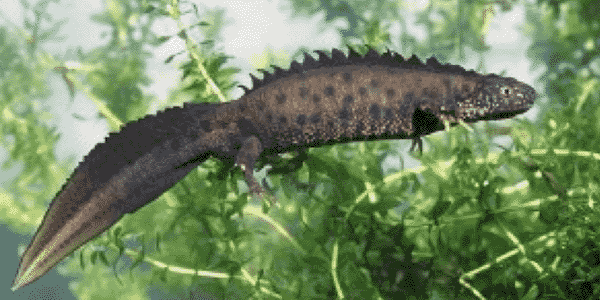
Visit our other sites
-
Fapas - Proficiency Testing
Globally recognised provider of proficiency tests, running over 400 tests annually across an extensive range of matrices and analytes
-
Great Crested Newts Testing
A single sample taken by an ecologist at any time during the newt breeding season can determine their presence or absence, saving you time and money

Dear valued customers,
We are no longer offering great crested newt eDNA commercial services through our webshop. However, we are continuing to provide kits and GCN eDNA analysis for large scale projects.
If you are considering a sizeable project (minimum kit order – 100 kits), please get in touch to discuss your requirements. Project work will require the signing of a ‘Supply of services agreement’ prior to any work commencing and there will be specific terms of kit dispatch and analysis turnaround associated with this agreement.
Thank you for your understanding and support.
Best regards,
Fera Science Ltd
As a protected species, the great crested newt is safeguarded in the UK. By law, newts and their habitats cannot be disturbed, obstructed or destroyed, and therefore survey reports and mitigation plans are required for development projects that could affect the protected species. It is necessary to test for the presence of newts in any potential breeding ponds on a development site.
Environmental DNA (eDNA) is a recognised and rapid method for identifying the presence or absence of newts during the March-June breeding season. eDNA is an effective method of sampling for the great crested newt, allowing you to sample right up until the end of the season. Requiring only a single water sample to be taken, eDNA gives you the flexibility to determine newt presence or absence throughout the entire season. The tests are quick and easy to perform, significantly saving on time and costs.
GCN Legislation
Great crested newts, their eggs, and their breeding and resting places are protected by law in Europe. The newt breeding season takes place from March to June, with mid-April being the optimal time to survey for great crested newts using eDNA. Males undergo an elaborate courtship routine displaying their jagged crest before female newts. After mating, each female lays around 200 eggs, individually laid and wrapped inside the leaves of pond plants.
Click here to find out more
Under European law, it is prohibited for you to:
- Capture, kill, disturb or injure great crested newts
- Deliberately damage or destroy a breeding or resting place
- Obstruct access to their resting or sheltering places (deliberately or by not taking enough care)
- Possess, sell, controll or transport live or dead newts, or parts of them
- Tak great crested newt eggs
Failure to comply with the above could result in a prison sentence of up to 6 months and a fine of £5,000 for each offence if found guilty.




Building & Development Work can harm great crested newts and their habitats, for example if it:
- Removes habitat or makes it unsuitable
- Disconnects or isolates habitats, e.g. by splitting it up
- Changes habitats of other species, reducing the newts’ food sources
- Increases shade and silt in ponds or other water bodies used by the newts
- Changes the water table
- Introduces fish, which will eat newt eggs or young
- Increases the numbers of people, traffic and pollutants in the area or the amount of chemicals that run off into ponds
Click here to find out how you can identify Great Crested Newts in your area
eDNA for Great Crested Newts
What is eDNA?
Environmental DNA (eDNA) refers to the genetic material given off by any organism into its environment. Environmental samples can be extracted from soil, water, or faeces, without having to isolate the target organism. In the case of great crested newts, extractable DNA could be skin cells, mucus, sperm, eggs, or faeces released into ponds. The DNA given off into the water can persist for several weeks, allowing for its presence to be tested for in water samples.
Click here to find out more


Why is eDNA performed?
As a protected species, it is prohibited by law to deliberately disturb, obstruct or destroy the habitats of great crested newts. Great crested newt surveys are therefore required for development projects that could potentially endanger the species.
eDNA is a methodology of testing for the presence or absence or newts by analysis of the DNA identified in an environmental sample. For the detection of newts, ponds are frequently tested during the breeding season.
Great crested newts are a protected species in the UK. Survey reports and mitigation plans are required for development projects that could affect protected species, therefore, the presence or absence of newts must be proven via regular surveying.
How to sample for eDNA
Correctly sampling water from a pond is an essential step to ensure you can obtain accurate results.
In particular, 3 important elements to be aware of when collecting water are:
- clean sampling practices,
- safely collecting water from around the pond,
- avoiding sediment in the samples.
Each GCN kits includes gloves and a set of sampling kit which are meant to be used for one pond only. This is to avoid any risk of moving newts eDNA from one pond to another, especially if you are visiting multiple ponds in the same day.
As long as it is safe to do so, collecting the water from all around the pond is meant to increase the chances to pick up newts eDNA. This is because Newts might use different portion of the pond and by collecting the water around the whole perimeter increases the chances of picking up their eDNA if they are present.
Sediment is an issue that cannot always be avoided, however we do recommend to minimise it as much as possible. Sediment can prevent us from detecting newts eDNA despite being present and can leads to an inconclusive result.
Environmental Proficiency Test
Fera have participated in the 2023 proficiency testing scheme.
Proficiency testing is an essential part of laboratory quality procedure, designed to provide evidence of the robustness of the testing to ensure that excellent quality service is delivered to customers.
The environmental DNA proficiency test allows Natural England to understand the performance of UK laboratories providing an analytical service and will only accept eDNA results from laboratories that participate. Fera takes pride in the quality of its service and go to great lengths to avoid contamination that could result in lab-based false positives.
Our eDNA facilities comprise of 6 separate laboratories and have been specially designed to ensure a unidirectional workflow to avoid contamination at every stage of the process.
Please contact us for further information on proficiency testing results at Fera.
Fera’s commitment to quality
Fera Science Ltd. is a scientific organisation offering solutions for a changing world. We view all aspects of quality as key to achieving our vision as being recognised as a worldwide centre-of-excellence and partner of choice. This is why we invest time and resources in achieving and retaining Accreditation and Certification against all relevant International Quality Standards. We work hard to ensure our science and everything we do is held to the highest standards. Click here to find out more about our commitment to quality.

Copyright © 2025 Fera Science Limited (“Fera”). All rights reserved.
For further information about how Fera uses any personal data collected from you, please see our Privacy Notice at www.fera.co.uk/privacy-policy.

